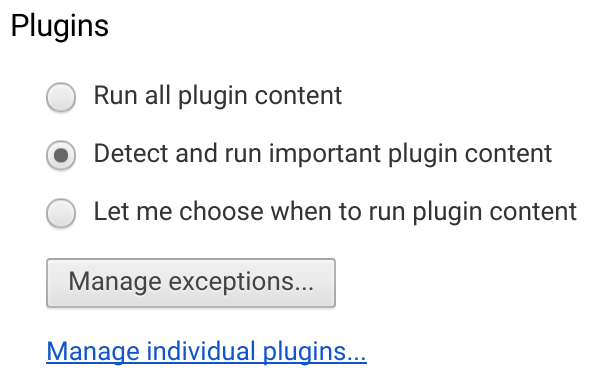Want smarter insights in your inbox? Sign up for our weekly newsletters to get only what matters to enterprise AI, data, and security leaders. Subscribe Now
Google today detailed a very interesting initiative in partnership with Adobe: The two have been working to make Flash content more power-efficient in Chrome. Available now in the browser’s beta channel, Chrome will use less power by simply choosing to play less Flash content on the page.
Here’s how the feature works. Chrome beta will automatically pause Flash content that isn’t “central to the webpage” while keeping central content playing without interruption. The company offers an obvious example: Animations on the side will be paused while the video you’re trying to watch will be unaffected.
That said, Google expects accidents to occur. As such, if Chrome beta pauses something you were interested in, you can resume playback by just clicking on it.
This feature is enabled by default in Chrome beta for Windows, Mac, and Linux. While it will eventually hit the Chrome stable channel (Google expects it could arrive as soon as September), you can enable it for yourself in the interim.
Open Chrome’s menu, click on Settings, choose “Show advanced settings,” scroll down to the “Privacy” section, and hit the “Content settings” button. In the Plugins section, change “Run all plugin content (recommended): Chrome will run all plugins” to “Detect and run important plugin content: Chrome will run the main plugin content on websites.”
Google first introduced this setting in March to increase page-load speed and reduce power consumption, but it wasn’t turned on by default. At the time, Google said the goal was to pause certain plugin content, including “many Flash ads.”
Today, Google said this update “significantly reduces power consumption” but didn’t reveal any hard data. Instead, the company promised the feature would let Chrome users “surf the web longer before having to hunt for a power outlet.”
At first it may seem like Google is shooting itself in the foot, given the majority of its revenue depends on ads and many are still delivered in Flash. This move is, however, part of a broader effort from Google encouraging advertisers to ditch Flash ads for HTML5.



